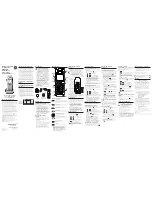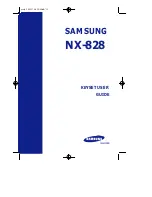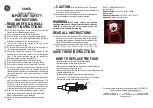
Important:
Plug any hydraulic lines that are
disconnected in this procedure to avoid hydraulic
fluid contamination.
Note:
Keep any removed parts for later installation.
Refer to
for this procedure.
1.
Place a clean container large enough to collect
at least 2 gallons (7.6 L) under the pump
assembly to collect drained hydraulic fluid.
2.
Clamp the pump inlet hose and remove the
hose clamp securing it to the pump assembly
(
).
g225757
Figure 1
1.
Pump inlet hose
2.
Pump assembly
3.
Remove the clamped hose from the pump
assembly, and remove the clamp to drain about
2 gallons (7.6 L) into the container placed in
step
.
4.
Clamp the pump inlet hose to prevent additional
drainage.
5.
Remove the 4 cap screws, flat washers,
neoprene washers, and spacers that secure the
leak detector tank to the hydraulic tank.
6.
Thoroughly clean the overflow-hose junction and
the hydraulic-leak-detector tank barb. Loosen
the hose clamp and disconnect the overflow
hose from the leak detector tank barb.
7.
Lift the leak detector tank slightly and remove
the hose clamp securing the valve hose to the
straight barb fitting on the underside of the
existing leak detector tank.
8.
Unthread the straight barb fitting from the
underside of the existing leak detector tank.
9.
For machines with a carbon canister
attached to the leak detector tank:
A.
Slide the carbon canister out of the canister
bracket beneath the leak detector tank.
B.
Remove the 2 mounting screws from the
canister bracket (
) and remove the
canister bracket from the tank.
g225746
Figure 2
1.
Existing leak detector tank
3.
Canister bracket
2.
Mounting screw (2)
4.
Carbon canister
10.
Remove the leak-detector-tank assembly from
the machine.
2






















